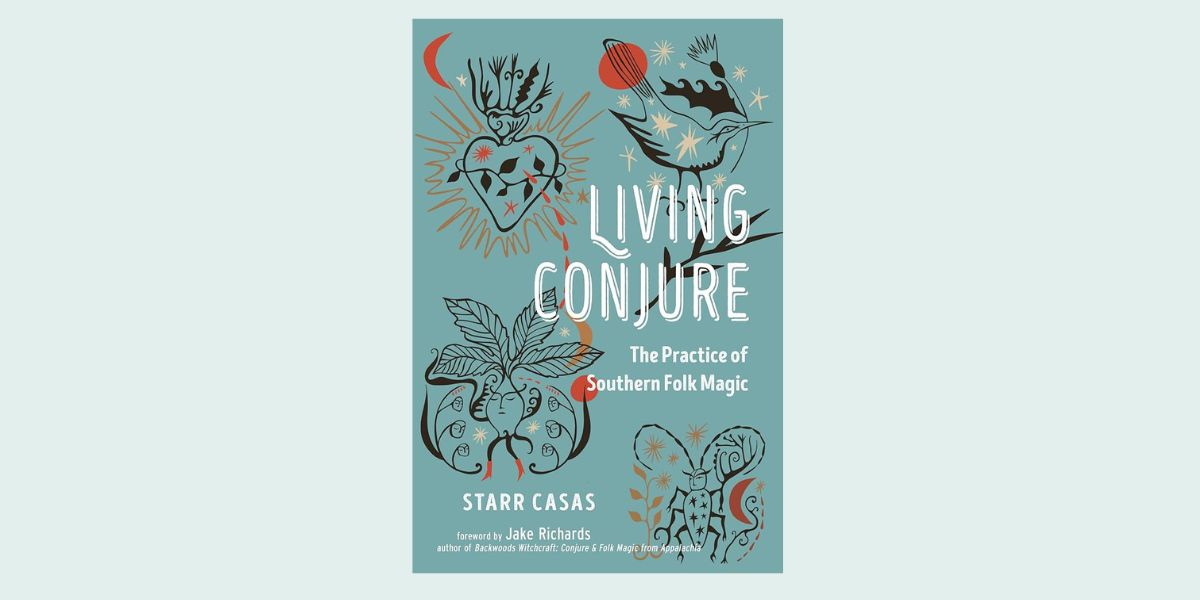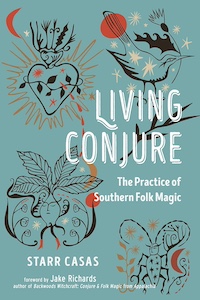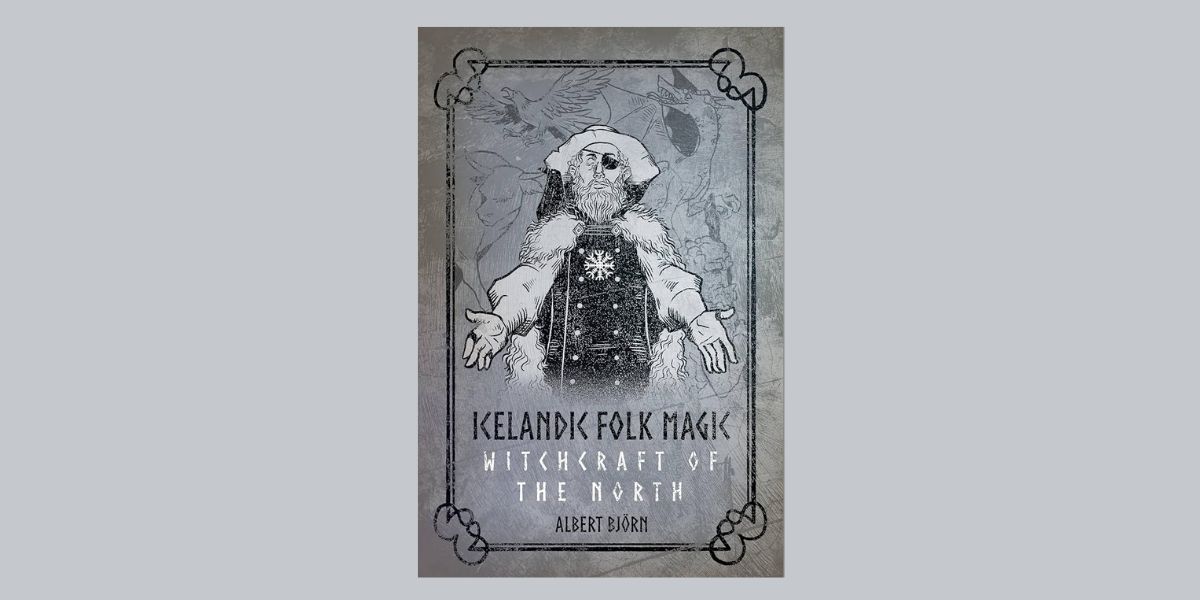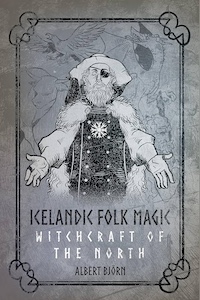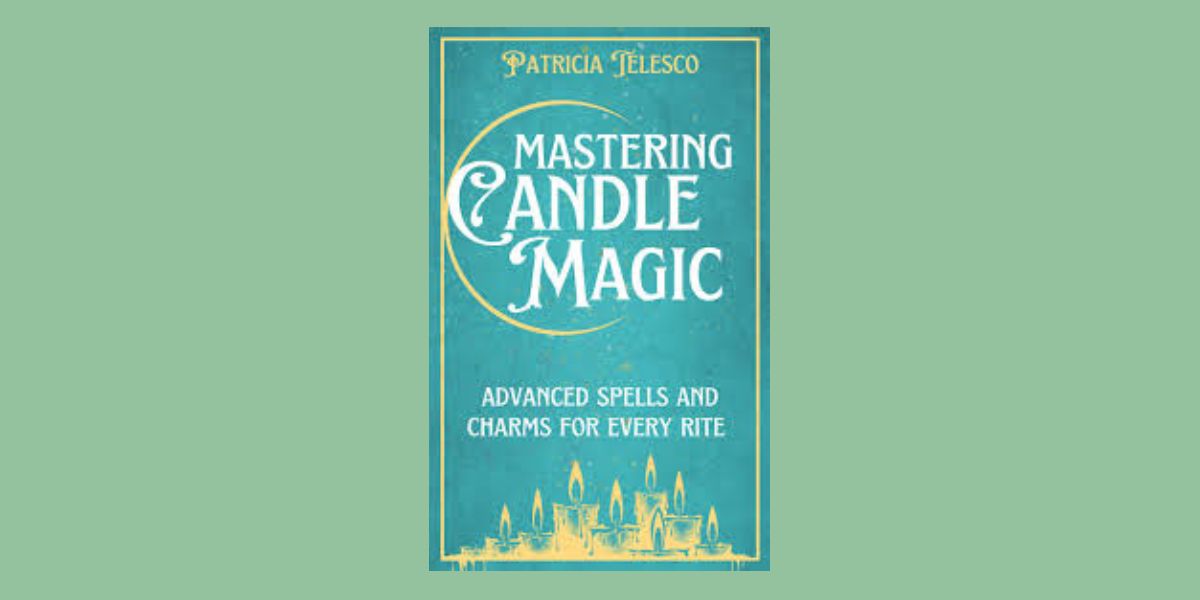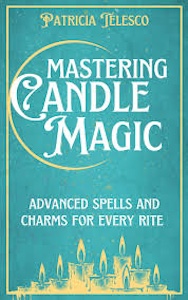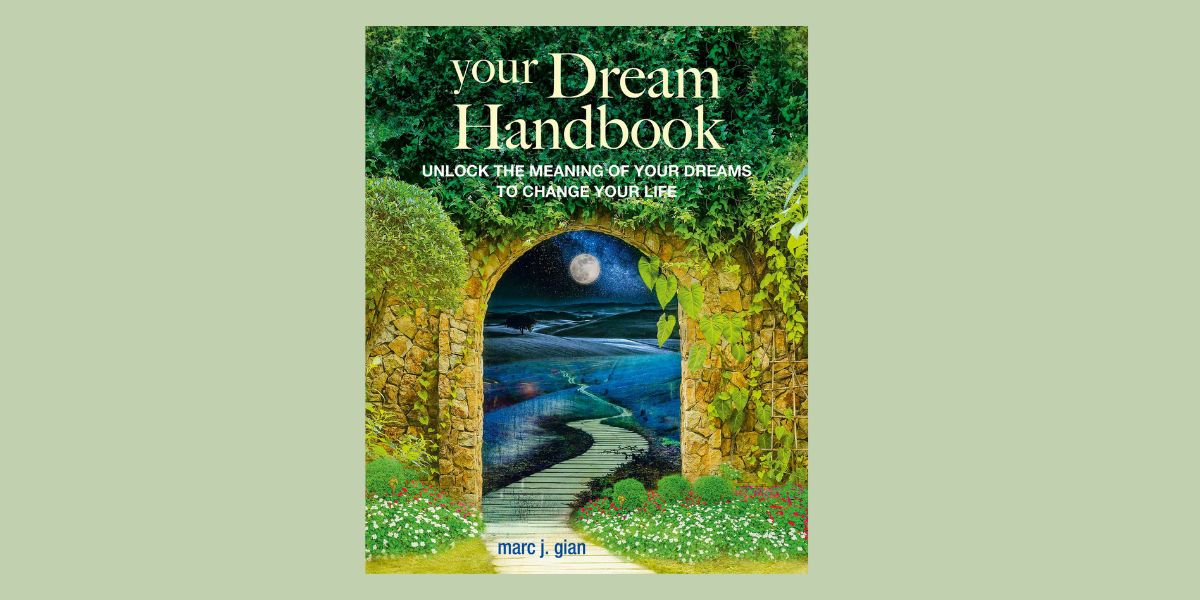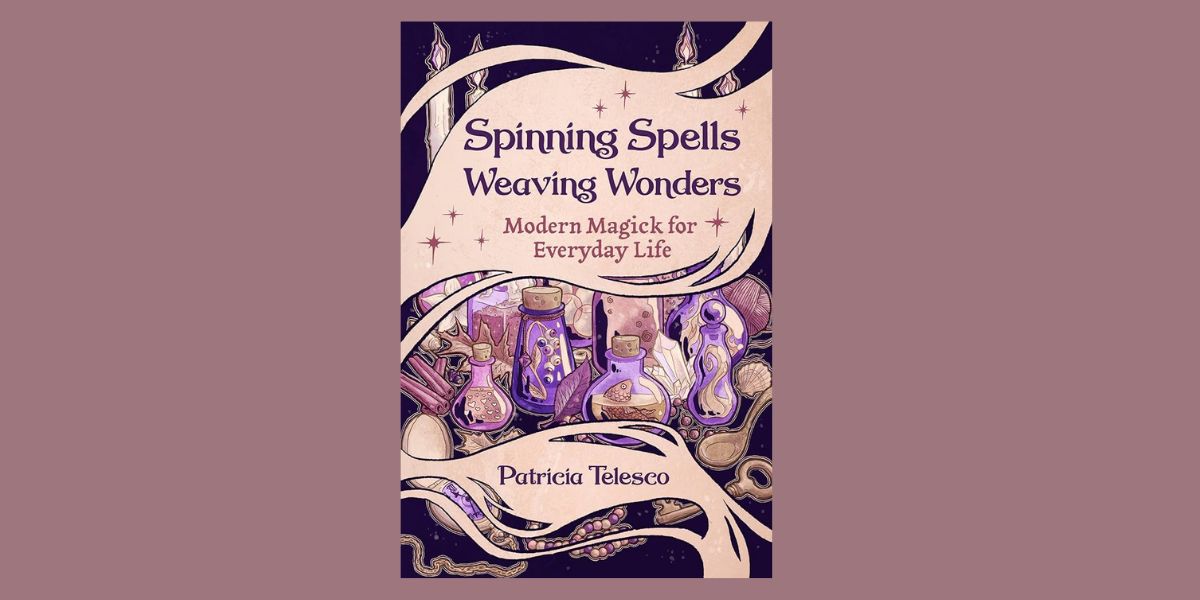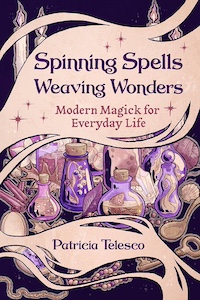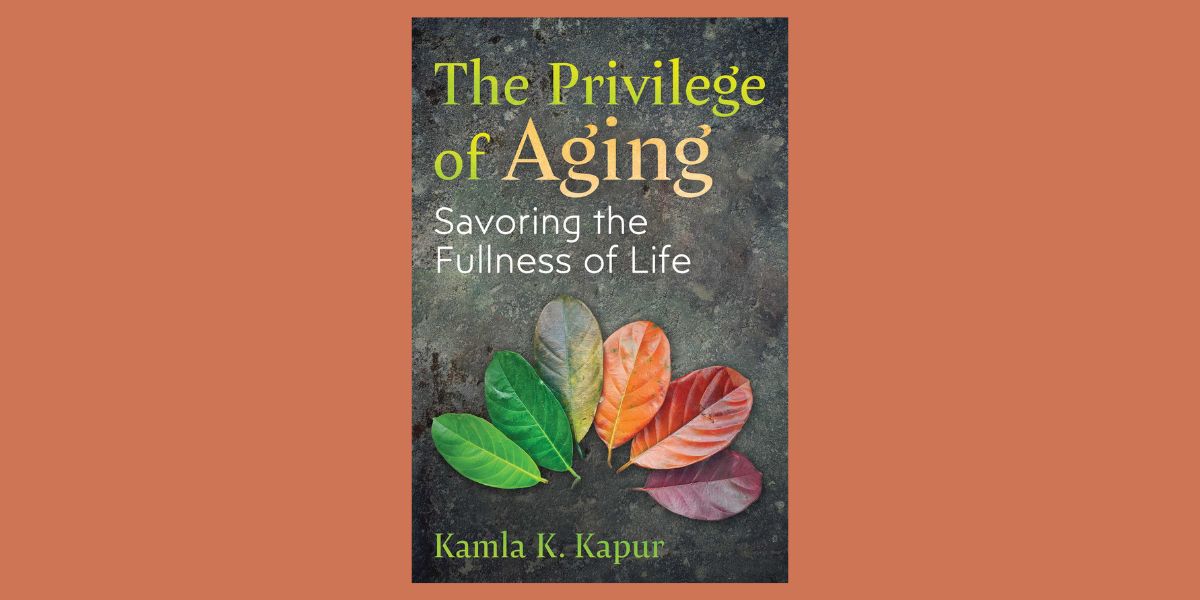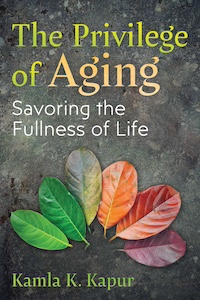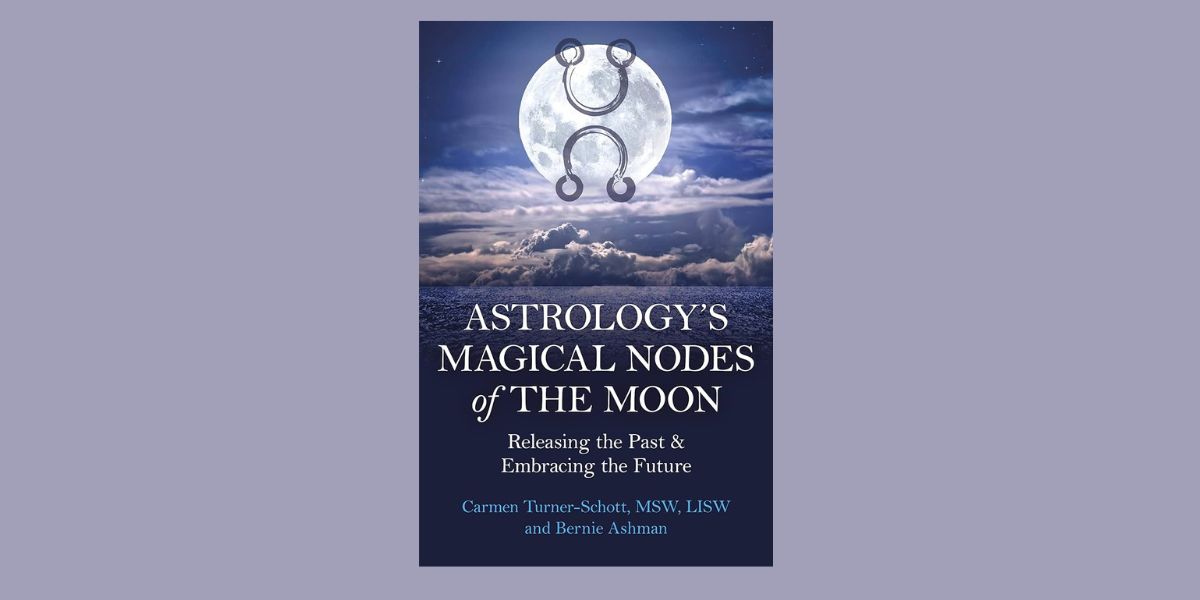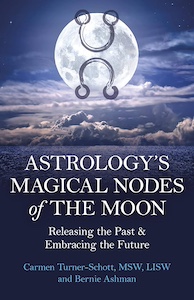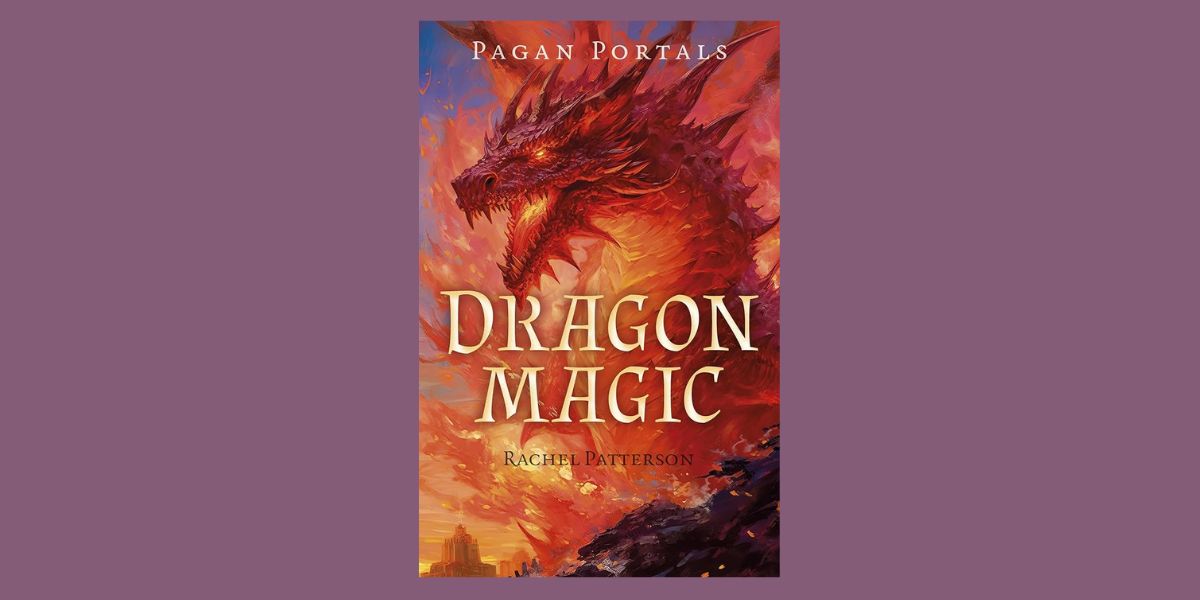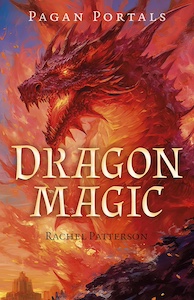
Encounters with Mermaids: Lessons from the Realm of the Water Elementals, by William R. Mistele
Destiny Books, 1644117428, 320 pages, August 2024
Encounters with Mermaids: Lessons from the Realm of the Water Elementals by William R. Mistele is a captivating dive into the mystical world of mermaids, enchanting readers from start to finish. Mistele, a well-known author in the field of esoteric studies, invites us into a realm where the boundaries between realms blur, offering profound reflections on the nature of existence and the mysteries of the ocean. Going beyond the the common perceptions of mermaids, Mistele leads the way to long-forgotten realm of powerful elemental beings, noting:
“The undines described in this book are not half fish and half human. They are not attached to any well, lake, river, or ocean. No religion, race, or ethnic group has an affiliation with them. They do not belong to mythology or to the past. They do not need to be protected or sentimentalized. They are neither inferior nor fragile. They are not an endangered species.
They are in the form of beautiful women and are masters of the magic of water and magnetism. They embody and guard the treasures of empathy, sensuality, and love that the human race has yet to discover. In this regard, they are our teachers.”1
The book is structured in three parts. “Part 1: Nature Spirits in Our World” provides an overview of the five elements (Akasha, Fire, Water, Earth, and Air) and then a deep-dive into Undines, elemental water beings. While connection with these realms is possible, Mistele does a wonderful job emphasizing the challenges that come from opening oneself to them, writing “When going beyond the normal modes of perception, there is always a danger of disorientation.”2
Mistele offers a lot of personal advice about working with elemental beings in the astral plane along with detailing the Franz Bardon approach for readers to develop their own form of elemental communication. He covers topics such as electric fluid and magnetic fluid, mediumship, types of alternative perceptions, and the hermetic roots of the Franz Bardon system, which feels a little heady, but sets a good foundation for moving forward in the book.
“Part II: Meetings with Undines” unfolds as a series of encounters between Mistele and various mermaids, though most of the focus is on one undine in particular: Istiphul. Istiphul is a very ancient water elemental being who has mastered “the magnetic fluid”3. Mistele has been dialoging with her since 1995, detailing his encounters in vivid and poetic language. There’s a strong emphasis on Istiphul’s beauty, but Mistele also describes her physical, etheric, astral, and mental body to paint a real picture for readers.
There’s also a chapter on other undines–Osipeh, Istiphil, and mermen Ermot–in which Mistele shares his dialogues with them as well. Mistele’s encounters are deeply spiritual experiences that challenge our conventional understanding of the natural world. The undines in Mistele’s narrative are not mere figments of folklore; they are complex, sentient, and ancient beings with their own wisdom and perspectives on life. Each mermaid or merman he meets imparts a lesson or insight, often related to themes of love, harmony, and the interconnectedness of all life. These interactions are not just whimsical tales but are imbued with philosophical and metaphysical significance, encouraging readers to reflect on their own beliefs and the unseen forces that shape our reality.
“Part III: Connecting to the Undine Realms” is packed with guidance to assist readers with opening their perceptions to the many forms water takes in our natural world. There’s meditations for a lake, stream, waterfall, river, ocean trench, mountain pool, and more. Then Mistele delves into the properties of water from an esoteric perspective, illuminating for readers the nature of this element. He offers ways to meet undines, ranging from psychic connection to creating art.
The additional appendices are also packed with interesting information. “Appendix A: Incarnated Mermaids” covers Misteles’ experience meeting incarnated undines, human women who embody the spirit of the mermaid. There’s many quotes from them about their personal experience living as an incarnated mermaid, providing insight into the nature of the undines. “Appendix B: Messages from Sylphs, Gnomes, and Salamanders” shares channeled messages from the other elemental realms. And finally, “Appendix C: Poems” is a compilation of beautiful poetry about mermaids and by the merman Ermot.
Overall, Encounters with Mermaids is more than just a book; it is a gateway to a world of wonder and introspection. Mistele’s approach is uniquely experiential; he does not merely write about undines but seeks to engage with them directly, offering readers a firsthand account of his spiritual journeys and insight on how to forge their own connections with these water elementals.
Mistele’s eloquent prose and profound insights make this a must-read for anyone fascinated by mermaids, spirituality, or the mysteries of water. Whether you come to the book as a skeptic or a believer, you will find yourself swept away by the beauty and depth of Mistele’s adventures in the realm of mermaids.
About the Author
William R. Mistele is an accomplished author and spiritual teacher known for his extensive work in the realms of magic, mysticism, and the study of elemental beings. With a background in both Western and Eastern esoteric traditions, Mistele has dedicated his life to exploring the hidden dimensions of reality and sharing his insights with a wider audience. His previous works include The Four Elements, The Hermetic Tree of Life, and Undines.
Alanna Kali is an astrologer, numerologist, and pioneer spirit that loves to explore life through the lens of depth psychology. She has a passion for studying the humanities and social trends. Her academic work is centered upon reuniting body, mind, and spirit through eco-psychology. She loves reading, spending time in nature, and travel.




